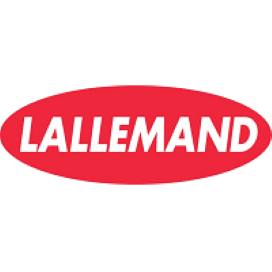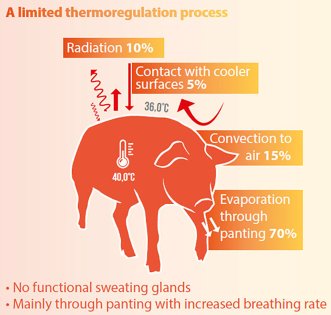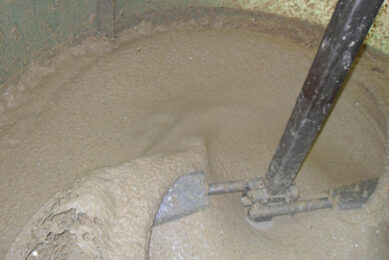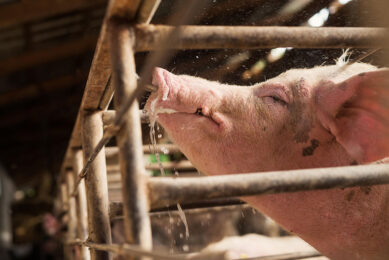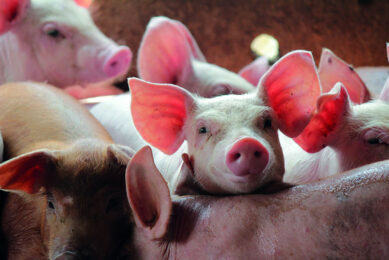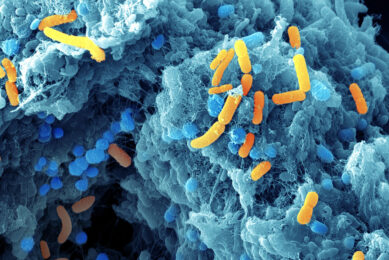Combined nutritional approaches help pigs tackle heat stress
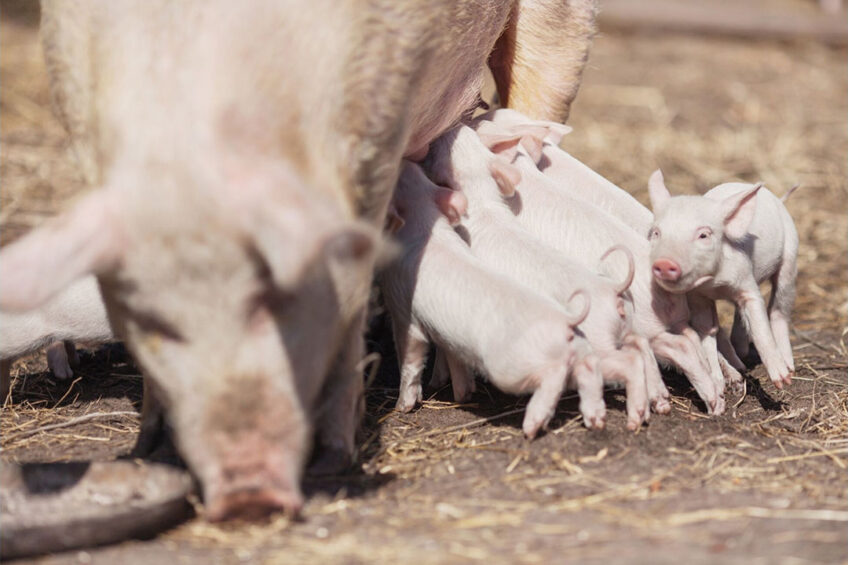
With summer just around the corner, worldwide swine producers start to consider adapting their management practices to alleviate the detrimental effects of heat stress on the welfare and performance of pigs and sows.
Fortunately, by paying attention to nutrition and environment, heat stress can be efficiently managed, both for fattening pigs and sows and their offspring.
Probes do not lie: The reality of heat stress on swine farms
If the heat stress issue is easily associated with tropical climates, a practical recording of the actual temperatures x ambient moistures in barns located under tempered areas (Figure 1) has confirmed that heat stress is a global challenge. In fact, heat stress is not only due to climate, but housing conditions and ventilation management of the barns play an important role as well. This survey allows an estimation of the cost of heat stress in terms of energy loss: between 0.4 to 2.1 kg per day of reduced feed intake in lactating sows!
Figure 1 – Heat stress recorded inside barns in several locations and reduced feed intake calculation. Lallemand Animal Nutrition, 2019.
Physiologic thermoregulation mechanisms affecting feed intake in both fattening pigs and sows
Pigs are extremely sensitive to heat stress. As they do not have functional sweating glands, when the ambient conditions are above the comfort zone, pigs must adopt various mechanisms to maintain their body temperature:
- Dissipate heat mainly through heavy panting and an increased breathing rate and by favouring a lying position to maximise the contact with the cooler ground (Figure 2).
- Reduce heat production by slowing down some metabolic processes that generate heat, in particular digestion and the absorption of nutrients.
Figure 2 – Strategies to dissipate the heat (adapted from Renaudeau et al., 2014)
These responses to heat stress translate into lower feed intake in fattening pigs (Labussiere et al., 2016) and in sows (Quiniou et al., 2020) with implications for growth and reproductive performance and milk production (Black et al., 1993).
It is then critical to maintain a good feed intake and optimal digestive process during heat stress.
In sows, Levucell SB has consistently proven elevation of feed intake during lactation, to favor piglets performance at weaning and to help preserve sows’ body condition (Figure 3).
Figure 3 – Weight losses in lactation (kg) (Gobira et al., 2017)

In fattening pigs, Levucell SB has shown positive effects on growth performance under heat stress ambient temperatures (Brewster et al., 2017). An eating behaviour study has notably shown that Levucell SB helps pigs adapt themselves to heat stress by favouring the number and duration of meals, thus the intake (Labussiere et al., 2016).
Figure 4 – Changes in pigs feeding behaviour during heat stress (Labussière et al., 2016)

Seasonal infertility
In sows, the implication of a lower intake associated with heat stress is characterised by:
- a lower milk production affecting piglets’ performance: smaller litter sizes, lower piglets weaning weights, etc.
- damaged body conditions affecting the fertility: longer weaning to oestrus intervals, decreased pregnancy rate and farrowing rate, etc.
On top of this intake detrimental effect, reproductive performance can be altered by an elevated oxidative stress associated with pregnancy. The production of oxygen-free radicals at different cellular locations is favoured by the high metabolic rate of the uterus and the embryo. A disrupted antioxidant system is reported to be involved in a variety of complications such as foetal growth restriction or infertility (Aurousseau et al., 2004). Since lactating sows experience an intense metabolic (heat) production, thus more susceptible to heat stress, it is important to ensure a good storage of cellular antioxidant molecules in the sows’ organs, during lactation and around the weaning to oestrus period. Melofeed, dried melon juice rich in superoxide dismutase, and Alkosel, source of bioavailable selenium, maintain a good antioxidant defense system. This will help reduce oxidative stress level and in turn, support optimal reproductive performance.


